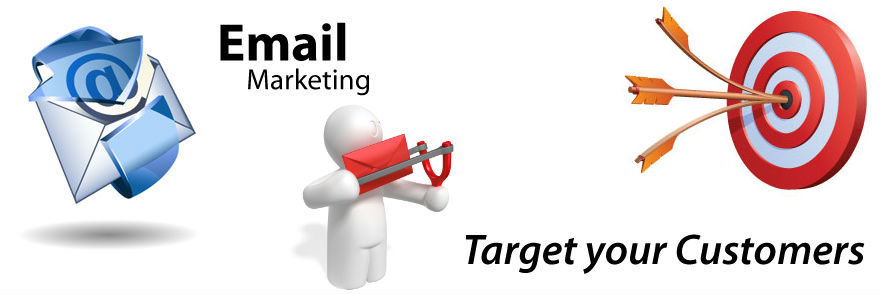Start Up is an ultimate dream of any young college graduate. These day’s students coming out of IIT’s (and also other colleges) are venturing into Start Ups rather being hired by some corporation. Start Up sounds very fascinating however it has other side also. Start Ups could make or break things.
In this article we try to figure out advantages as well as disadvantages of Start Up business in India. If you live here then you have to consider both sides of the picture. You can’t just see the rosy side of the story and ignore the underbelly of a start up business in India. Let us first look at some of the major advantages of Start Ups in India.
![[Image Credit - Indian Startups]](https://blog.himanshusheth.net/wp-content/uploads/2016/05/startup_india.jpg)
Advantages of Start Up Business in India
Sky is the Limit When it Comes to Innovation
One of the biggest advantages of a Start Up is that you are full of energy and willing to experiment something new. You are not afraid of failure or breaking the rules because you can conceive and implement whatever you like.
This kind of freedom is missing if you are working for a regular company. You can take innovation to a new level and create products that no one has done before. A fearless mind, the energy and the excitement you can only find in a Start Up and not if you are working for some other company.
Create Your Own Rule, You’re the Boss
This is true for any other country. In a startup you don’t have to listen to your clients because you are in the driving seat. Usually if you are working for some other company then you have issues where you have to listen to management and make changes accordingly.
However in a startup you can take risk and make your own rule although this has its own risk. Here you are not following any fixed formula but still you can do it in a startup.
No Dearth of Seed Funding if the Start Up is Promising
If your idea is solid then you don’t have to worry about the funding. Today there are multiple seed investors in the country and outside who are ready to fund as much as they like.
There is no limit to capital that you can access. However your new startup has to convince them that the idea is really great and it is going to give returns on every penny they are investing. Recently Tata invested into an online car portal named CarDekho.com, the exact amount is unknown.
Start Ups Better at Pricing then Corporations
Start Ups can offer really competitive price to their customers. Why so many start ups are successful because price of their products are very competitive.
Start Up gives you complete control over designing and setting price of your new product. This is absolutely not possible if you are working for another company because they usually stick to a formula.
Availability of Start Up Eco System
The eco system is very important. Although in India you do have a developed ecosystem for certain kind of startups. If your startup is all about online shopping or anything to do with e-commerce then it is quite successful.
So you have the right kind of mentors who are ready to guide you through the tough times. So these were few advantages of a startup in India and elsewhere.
You also need to see other side of the picture because a startup in India could land in many troubles.
Disadvantages of Start Up Business in India
Higher Cost, Tax and Regulations for a Start Up in India
Starting up in India isn’t that easy because the cost is very higher compared to other parts of the world. The taxes are higher and there are regulations from the government that makes things more difficult.
The upfront cost before you start your venture could go up to $2000. You have to pay huge cost if you want to close your start up and move one.
No Seed Funding Unless the Start Up is Exceptionally Promising
Well you do get seed funding only when your start up is exceptionally promising. Previously in the article I mentioned how Tata has funded CarDekho an online car portal.
When Tata gave funds to CarDekho the company already was priced at over $100 million. This is not possible with every other startup. Forget about $100 million, only few startups are able to raise $1 million. So how a mediocre entrepreneur is going to raise funds for their startup without any seed funding?
Ecosystem Still Not Very Developed
Ecosystem is developed for only few kinds of startups like e-commerce. If you are venturing into something very technical in nature (like hardware startups) then you will face problems because there is no one around to guide you.
You will not find mentors in India if your startup is not about e-commerce (or if it is not an online venture). That is why most of the startups move to Silicon Valley.
Hiring New Employees Could Be a Challenge
The last but not the least problem is human resource. Not very people are interested working in a startup. Usually they find problems working in a startup so they avoid it and join an established company because that is important for their career.
They don’t trust startup because they don’t know whether they are going to succeed or not. So hiring employees could be a challenge.
Whether you Should go for it or not?
You might be confused by reading advantages and disadvantages of a startup. There are advantages as well as disadvantages. But if you really believe you have a great idea that can change the marketplace and give tough competition to its competitors then go for it.
You really worth a shot as it may turn out to be the next $100 million company.
However if you aren’t sure about the product then you better lie low. You need to develop your product first and then think of venturing out.
Without any plan you can fail and it will cost you heavily. Remember 9 out 10 startups fail.
About the author
Priya Nagrale is the Co-founder of SureJob, a job listing portal and can be contacted at admin@







